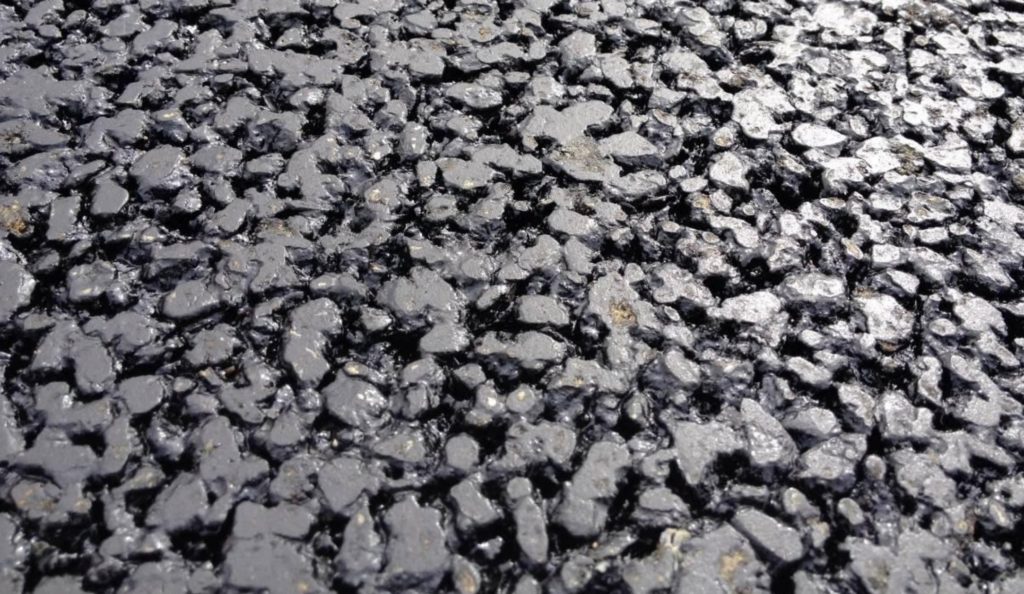
Noise Reducing Asphalt: What Is It and How Does It Work?
The noise levels in our cities and urban areas are constantly rising, and one of the main causes is traffic. Cars, trucks, buses, etc. produce noise, not only from their engines and honks, but especially from the friction they create with the asphalt. Noise-reducing asphalt is a promising tool to help reduce the noise levels of our streets. It is not a definitive solution, but it sure can help.
How much traffic noise comes from tire friction with asphalt?
It is estimated that only around 20% of the noise produced by a car comes from its engine and the rest, 80%, from the tires rolling on the ground and specifically, on asphalt. That means that even if all traffic was electric, traffic noise would not disappear at all! This is especially true at speeds of 45mph and more.
A typical busy street produces an average of 73.4dBA, with pikes pushing that number as high as 95dBA. Just as a reminder, that is louder than a vacuum cleaner!
This means that if we can reduce the noise levels coming from friction between car tires and asphalt, we can make a huge impact in reducing traffic noise as a whole.
How much quieter can noise-reducing asphalt be?
This type of asphalt works by absorbing the noise created by traffic, instead of reflecting it back as traditional asphalt does.
On average, noise-reducing asphalt can reduce traffic noise by up to 7dBA. Now, that might not seem like a lot, but it is a 10% reduction on the average street noise volume mentioned earlier.
Again, as we said, a 10% noise reduction is not a definitive solution, but it sure is a step in the right direction, and communities living next to highways or just in a particularly busy city street would sure take that 10% happily.
Other benefits of noise-reducing asphalt

Other than the obvious, reducing noise, this type of asphalt can also be a more comfortable surface to drive on, as it absorbs some of the vibrations that would normally be transferred to the car. This is especially noticeable at high speeds, and would mean that noise inside cars would also become less of an issue.
To some degree, noise-reducing asphalt can also help improve road safety, as traffic signs and markings painted on the floor contrast better against a darker pavement.
How is noise-reducing asphalt made?

This type of asphalt is made with the addition of rubber to the traditional asphalt mix. The percentage of rubber can vary, but it is typically around 15%. The rubber acts as a cushion and absorbs some of the noise that would normally be produced by the tires rolling on the surface. This rubber usually comes from old tires being grinded, so it is also a great way to recycle these old tires, which would otherwise end up in landfills, or even worse, be burned.
Another technique used in noise-reducing asphalt is increasing the air voids between the asphalt grain. By adding more space between the asphalt particles, noise is reduced as the tires will have less surface to contact and there is also a lower chance of air being trapped between the tire and the road surface..
In which cities is it being used?
The noise-reducing properties of this type of asphalt have been tested and proven in several cities around the world, including Oslo, Berlin, London and Barcelona. In all these cities, noise-reducing asphalt has been found to be effective in reducing noise levels by up to 5 decibels (remember, this type of asphalt is more efficient on roads and highways, where speeds are higher).
This type of asphalt is widely used in Europe, however, its adoption in the US is being a lot slower. Only a few American cities have started experimenting with it, and none of them has made a city-wide effort to repave the majority of their streets.
This can be attributed to a number of things. The main one could be cost, since this type of asphalt is usually 20 to 30% more expensive than regular asphalt. Another reason could simply be the struggle of reeducating the workforce and updating machinery. It is worth remembering that in the US a lot of streets, roads and highways are still paved (and being repaved) with cement, which is even louder than regular asphalt.
Conclusion
Despite not being a definitive solution, noise-reducing asphalt is a promising tool in the fight against noise pollution. If you live in a city or urban area affected by noise pollution, ask your city officials if noise-reducing asphalt is being considered for your streets and highways. It just might be the answer to a quieter, more peaceful life.

[…] And there might also be another initiative to repave the streets of said neighborhood with noise reducing asphalt, which is great. But the teams leading those two initiatives often don’t know what each other is […]
[…] The map is designed to help government officials and planners make informed decisions when evaluating alternative transportation projects or policies. It can be used to determine the potential effects of a project on local soundscapes, as well as identify which areas are most impacted by existing transportation noise sources. For example, this map could help decision-making organisms prioritize one area over another for noise-reducing asphalt repaving. […]
[…] is the reason why noise-reducing asphalt has the potential to greatly improve the noise pollution from motor vehicles, and also why electric cars will not be the solution to traffic […]